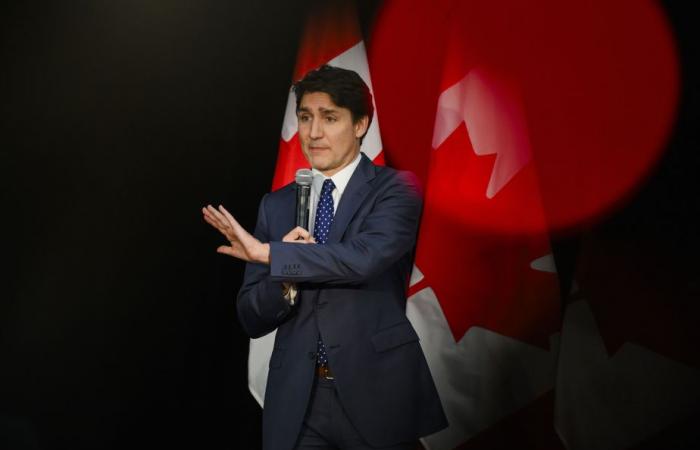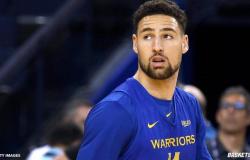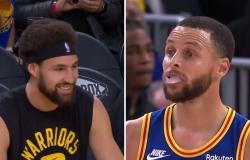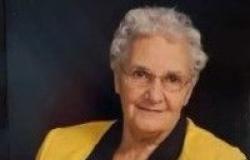(Ottawa) Calls have intensified for Justin Trudeau to resign as leader of the party he almost single-handedly pulled back from the brink after a crushing election defeat in 2011.
Published yesterday at 11:13 p.m.
Laura Osman
The Canadian Press
Mr. Trudeau nevertheless remains firm in his intention to lead the party into the next election.
But while many former Liberal officials, party stalwarts and strategists say it is time for the prime minister to step aside for fear of dragging the party down with his personal poll numbers, many also acknowledge that a Liberal leadership race would be a risky and complicated affair.
The party hasn’t chosen a new leader since 2013, when the Liberals changed the rules to give ordinary citizens greater influence in choosing who takes the reins of the party.
It was part of the board’s “road map to renewal” aimed at rebuilding the party.
The changes allowed a political movement to form behind Justin Trudeau, who won the race easily and reinvigorated the party after a period of crisis.
“I don’t care if you’re a Chrétien Liberal, a Turner Liberal, a Martin Liberal or any other kind of Liberal,” Trudeau told the cheering crowd after he was elected. “The era of the hyphenated Liberal ends here, right now, tonight.”
His leadership did indeed usher in a new era of Liberal unity, but Conservative strategist Ginny Roth noted that the party had also been remade in his image.
“The Liberal Party sort of rebuilt itself around Trudeau as a cult of personality, and it worked when he was popular,” commented Mr.me Roth, who served as communications director for Pierre Poilievre during his leadership race.
Now that this is no longer true, the very identity of the party is at stake.
“I think a lot of Liberals are worried about what a leadership race could mean, because there’s no real establishment. »
Redefining what it means to be a liberal
If Justin Trudeau were to step down before the next election, the party would not only have to find a new leader before then, but also redefine what it means to be a Liberal.
“Today, the Liberal Party brand has become synonymous with Justin Trudeau,” said Andrew Perez, a long-time Liberal and strategist at Perez Strategies.
He recently called on the Liberal leader to resign, but admits it’s a tall order with the next election less than a year and a half away. It’s a risk, he acknowledged, especially given the rules that brought Trudeau to the party’s helm.
The aim was to make it easier for people to vote for the Liberal leader by allowing them to join the party as a “supporter”, so they could vote without having to pay for membership.
In 2016, they went even further, eliminating party dues altogether.
At the time, the party said it was about making the Liberals more “open and accessible.”
But some strategists say it also makes the next leadership race susceptible to inference by special interest groups.
“It’s obvious that the system could be exploited in a leadership race,” Mr. Perez said. He is particularly concerned about the ongoing conflict between Israel and Hamas in the Gaza Strip and the divisive effects it has had on Canadian politics.
“I worry about the role of special interests, which can mobilize around an issue and decide, on the basis of an issue, who will lead the party. »
While some decisions regarding a leadership race could be made by the party’s board of directors, more significant changes to the party’s membership would require an amendment to the party’s bylaws. This would have to go through a vote of the membership.
Too tight a schedule
Talks are underway to hold a party convention next spring – too late to change the rules in the event of an early leadership race.
The timetable would be strict enough to appoint a new leader before Canadians go to the polls, although several Liberals – including Andrew Perez – say the crisis is not insurmountable.
Leadership races typically last months. Officially, the leadership race that Justin Trudeau won lasted only five months, but the candidates had been preparing for it for almost two years.
It also took the Conservatives two years to elect a new leader after Stephen Harper resigned after the 2015 election. The race that brought Pierre Poilievre to lead the Conservatives lasted eight months.
All of these people had the luxury of time, which is in short supply these days. The next election is in fifteen months at the most. Any elected leader would be thrust into an almost immediate election.
In Ottawa, many have cited former Prime Minister Kim Campbell as a warning. She replaced the highly unpopular Brian Mulroney as leader of the Progressive Conservative Party and prime minister in June 1993 and served only six months in the job.
She was soundly defeated in the 1993 election and the party was left with only two seats in the House of Commons.
Scott Reid, who worked as communications director for former Prime Minister Paul Martin, said people have drawn the wrong conclusions from the story.
“People think Kim Campbell was doomed. That wasn’t the case,” he said.
M’s poll numbersme Campbell’s supporters jumped after her leadership bid, but she simply wasn’t able to sustain people’s imagination once she captured it, he said.
“Nothing excludes the possibility that a quick leadership race could create momentum, attention and energy that could take you directly to a general election,” said Scott Reid.
This is the story of Justin Trudeau’s father, Pierre Trudeau, when he went from a leadership race to a general election in 1968 and won one of the largest parliamentary majorities in recent history, he highlighted.
A replacement leader before the real leader?
Some Liberals privately thought the next leader was likely just a stand-in for the real one, given the Liberals’ current chances of winning the next election.
While there are a host of potential candidates who are quietly organizing themselves to be ready when Justin Trudeau hangs up, some of them may choose not to vote this time around, expecting that the next winner will not last not long.
After Paul Martin’s electoral defeat in 2006, the Liberals had two leaders who only held one election, Stéphane Dion and Michael Ignatieff.
The Conservatives did the same after the defeat of Stephen Harper’s government in 2015, with Andrew Scheer and Erin O’Toole each running only one unsuccessful election campaign.
Ministers Chrystia Freeland, Mélanie Joly, François-Philippe Champagne, Anita Anand and Sean Fraser are all in various stages of preparation for a possible leadership race. So is Mark Carney, the former governor of the Bank of Canada.
None are actively pushing back on Justin Trudeau, and there is currently no polling suggesting that there is any candidate who would do significantly better than him, if any.
Scott Reid emphasized that the most important thing for liberals is to avoid a defeatist mentality.
“A party that says ‘let’s organize ourselves around the principle that we will be defeated’ will be defeated,” he said.







